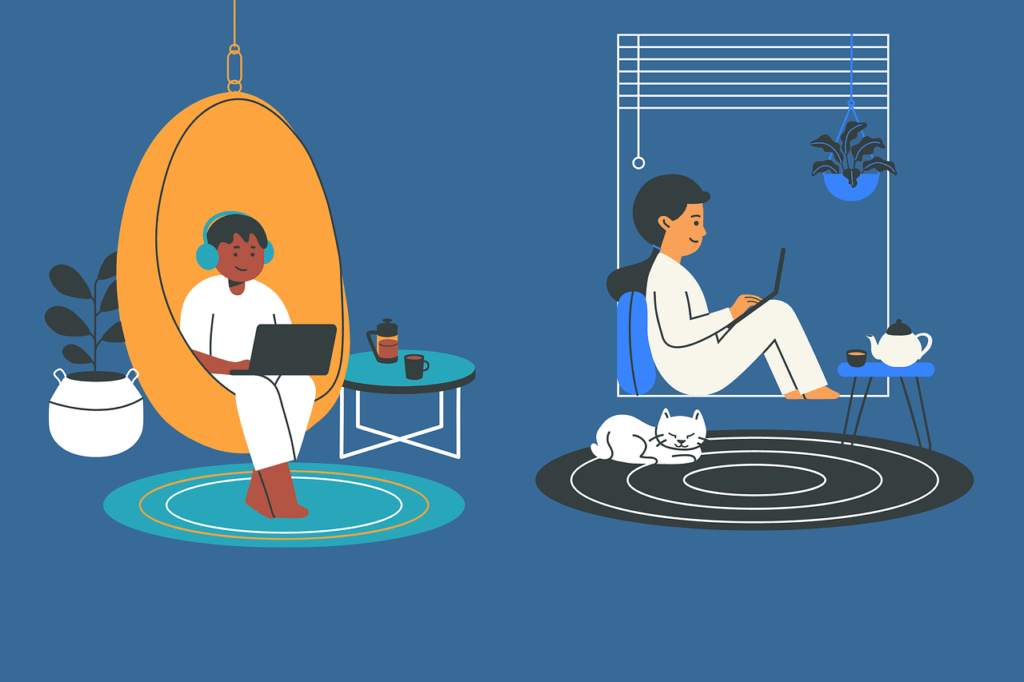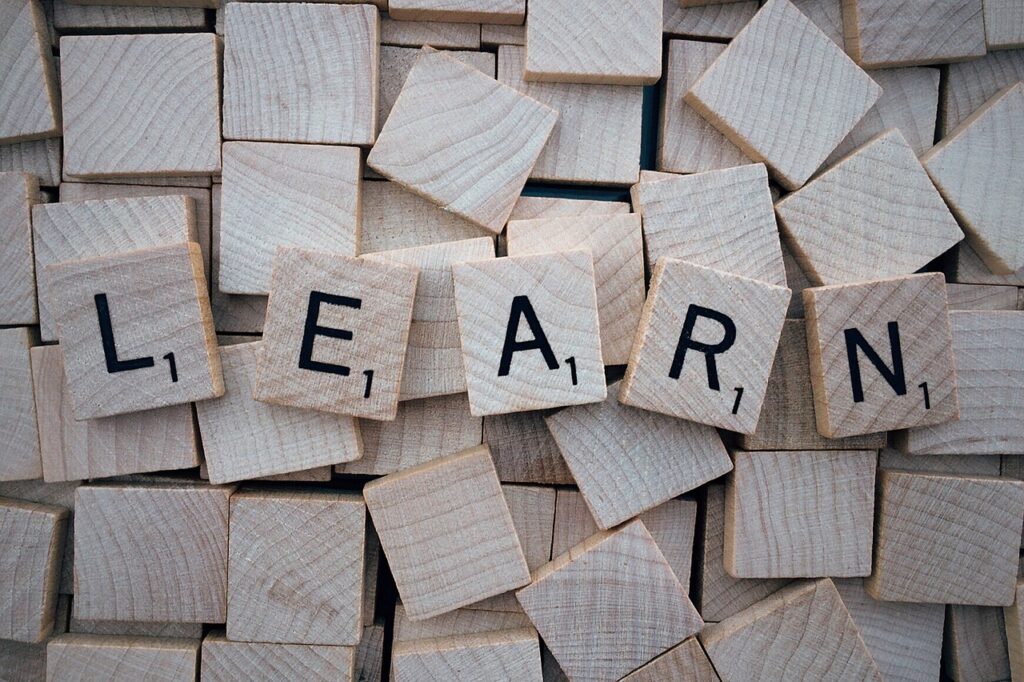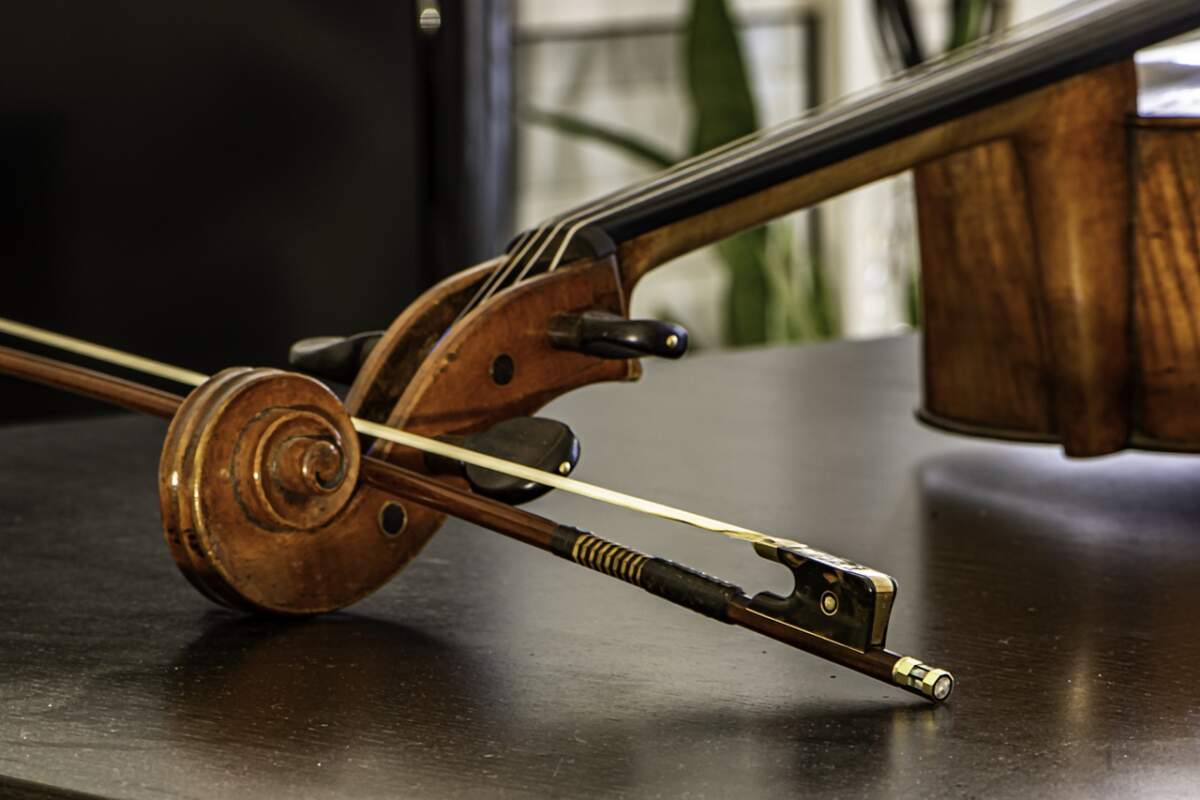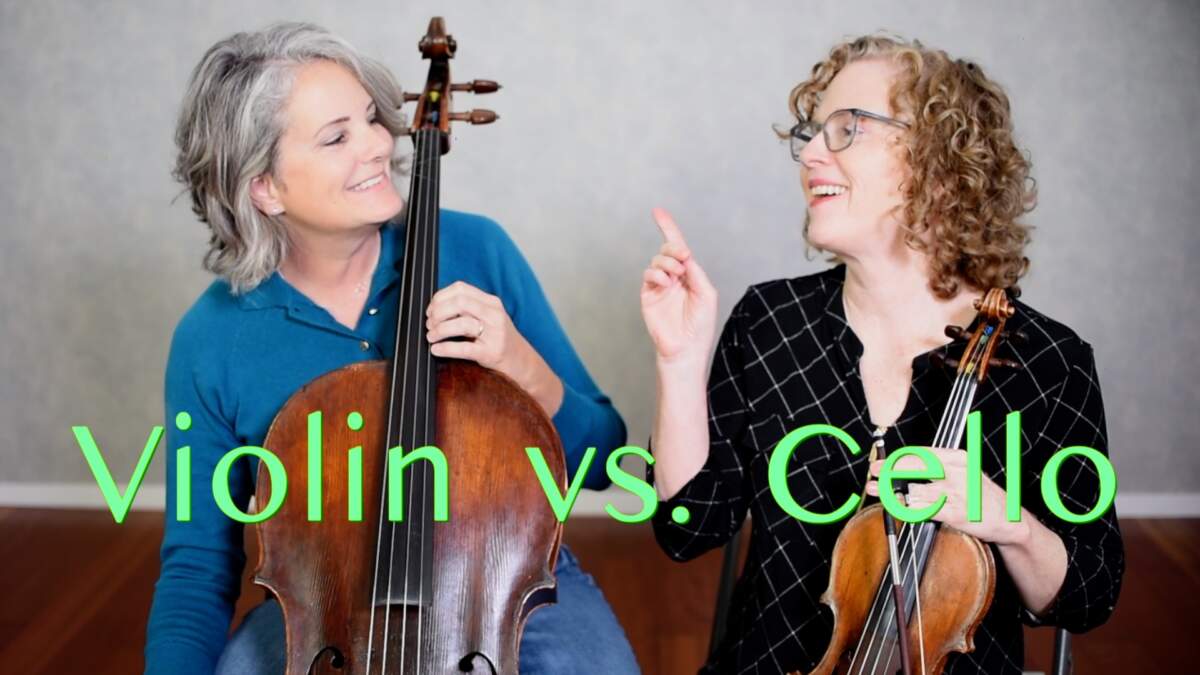Many adults are flocking to online learning for every subject imaginable. But is it possible to learn a musical instrument online?

In 2022, it’s probably safe to say that most of us have experienced plenty of online learning – largely due to the onset of Covid-19. And because of this, a new wave of students have entered the musical arena – adult learners. In the past, adults had very few options to learn to play an instrument other than private lessons or at a local college or university. All that has changed with the ability to learn an instrument online. But, does it really work?
Online learning has required us to adjust to a less personal style of lecturing and learning… like it or not. In addition, most music educators have been forced to adapt their curriculum to fit the needs of an online learning platform. And we can all agree that it’s been a tiresome disruptor for those of us who prefer hands-on teaching. The potential to bring highly successful online learning programs to the masses is within grasp, but finding the right application to suit the needs of each individual adult learner is still an uphill challenge.
Who Benefits Most from Online Learning?
Online learning is truly an ideal platform for auto-didactic learners. Many online courses offer a variety of video lessons, quizzes, practices and certificates but often times it lacks a personal connection between the instructor and the student. This is why it is great for self-starters and not-so-great for other types of learners.
There are two distinct approaches music educators and students have adopted with online instructional offerings; synchronous and asynchronous learning. Synchronous learning can take place via Zoom, Skype, Google Meet (or another video/audio conferencing avenue). In this type of learning the lessons occur in real time. Conversely, asynchronous online learning is done via a pre-recorded video course and is often imbedded with a variety of educational materials. Both styles of online learning have advantages & disadvantages.
With that in mind, it’s important to understand that learning a musical instrument online has its challenges, but it is absolutely achievable when presented with the best online offerings. Let’s break down the pros and cons of the different types of online learning:
Synchronous Online Learning – Pros & Cons:
Synchronous Learning:
Advantages of synchronous online music lessons
- Unlike an in-person course, many options for scheduling exist, as planning for travel time is not an issue with an online course.
- Students seem a bit more relaxed online than they do in person.
- Lessons happen in real time.
- Students have instant feedback from their teacher. This means posture issues can be addressed on the spot.
- On a platform like Zoom, you can easily record the entire lesson and load it into Google Drive for future review.
- FaceTime is an app available to many smart phone owners, making it an accessible option and one which many people have experience using. The sustained sound quality with FaceTime is surprisingly good.
- If both teacher and student have a good external microphone, the sound quality can be vastly improved, more closely emulating a true, live instrument sound. Steven Howard, a band director in Austin, TX breaks down his ideal set up in this blog: https://www.smartmusic.com/blog/quick-tips-for-using-smartmusic-with-zoom/
- Students love the idea of not driving all over town for lessons (this is true for both types of online learning).
- Students learn how to play into a camera. This is an extremely valuable skill to know in 2022.
- If either the teacher or student has a mild cold, there is no need to postpone lessons, as germ-sharing won’t be an issue.
Disadvantages of synchronous online music lessons:
- The instructor is at the mercy of the student’s bandwidth and competing demands for wifi in their household.
- “Dead spots” for wifi connections exist in many homes.
- Some of the conferencing platforms use an algorithm which packets the sound in an often unpleasing way for any sustained notes. It’s meant to detect voices speaking and not instrument sounds or voices singing, so it often cuts out after the initial sound on a long tone.
- The teacher must train the students how to stand for optimal visibility, as well as where to position themselves near the mic, etc. This takes time.
- The teacher can’t play with the students at the same time unless they’re muted.
- Physical interventions are obviously impossible. Tuning the instrument or physical guidance on posture can only be guided verbally by the teacher.
- Teachers and students must rely solely on visual and aural learning.
- Generally poor sound quality unless the student has a quality external mic.
- Constant lag makes it hard to stop a student when you need to make a comment or teaching point.
- Synchronous private lessons can often cost as much as in-person private lessons.
Asynchronous Learning:
Advantages of an asynchronous online music course:
- Courses are available at any time, so students can work full time and stay involved in learning. This is an especially valuable option for the adult learner.
- Sound quality of lessons is quite good as it has been pre-recorded and edited.
- Cost for instruction is usually substantially less expensive than it would be for private online lessons.
- Students and teachers love skipping the commute.
- There are usually no hard deadlines to finish the course material.
- Students can review the material as often as needed. It’s self-paced.
- Many beginning adults are self-conscious about playing in front of others, be it in-person or via audio conferencing, so playing into a computer keeps the student in a happy comfort-zone.
- Many study materials are included in the lessons.
- If the platform has an online community, students can engage in thoughtful interaction with one another, often times gathering opinions from their peers who are struggling with the same issues.
Disadvantages of an asynchronous online music course:
- Because lessons can be taken at anytime (and usually without a deadline) motivation levels tend to be lower without the added accountability of a structured timeframe.
- Teacher feedback can often be quite delayed – sometimes up to several days or even a week (unless you are a member of Cello Discovery. Feedback is usually the same day!).
- The student is at the mercy of the pre-designated curriculum and the pre-set curriculum many not be the right fit for a particular student.
Conclusion:
Fortunately, our ability to adapt and change has created a whole new era of comprehensive online learning – especially for the adult who has been away from the classroom for many years. Whereas in pre-pandemic life, the options for affordable, thorough learning were few and far-between, adult students today can learn an instrument online from the very best in their field. Finding the finest instructor is no longer limited to a fixed geographical location – we now have a global buffet available to us. And finally, as with in-person learning, an accurate understanding how an adult student learns is a crucial factor in determining the success of of learning an instrument online.





